“If all you have is a hammer, everything looks like a nail.” This phrase is attributed to Abraham Maslow in…
Month: February 2020
Our guest on today’s podcast is David Taylor, owner of Machine Tool Spares, one of the world’s most respected rebuilders…
Today’s podcast is part two of an interview we did with Michele Tajariol, co-owner and Vice President of TAJMAC-ZPS, one…
Is it a lot to ask of a car to be able to have a conversation or listen to music…
Today’s guest on Swarfcast is Michele Tajariol, an old friend of ours and co-owner of TAJMAC-ZPS, one of the world’s…
Tesla stock sold for $169 per share in June of 2019. People were wondering if Tesla was today’s DeLorean. Its…
